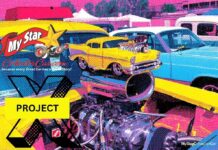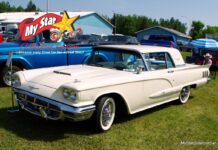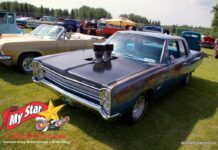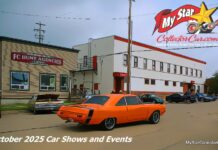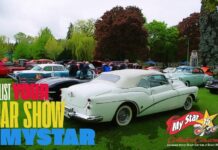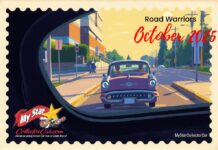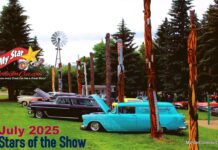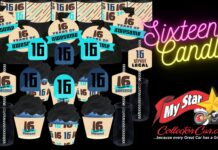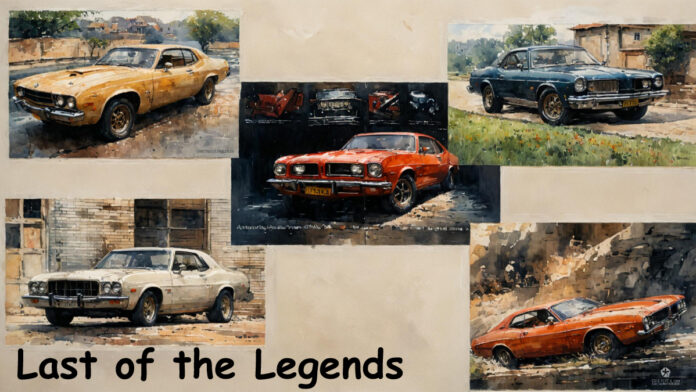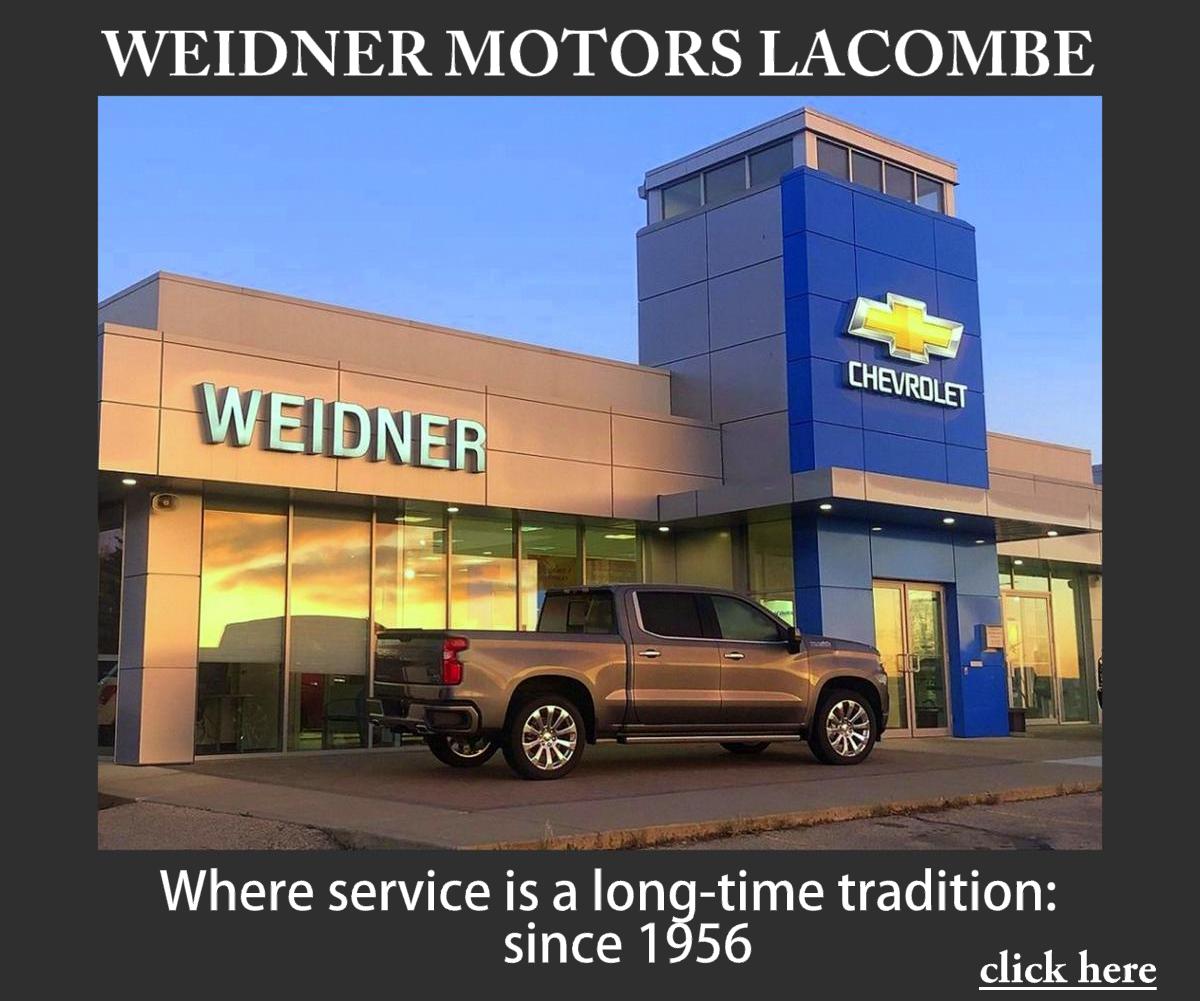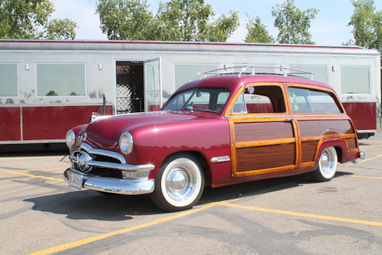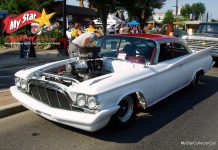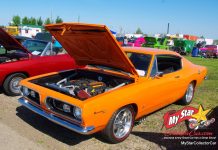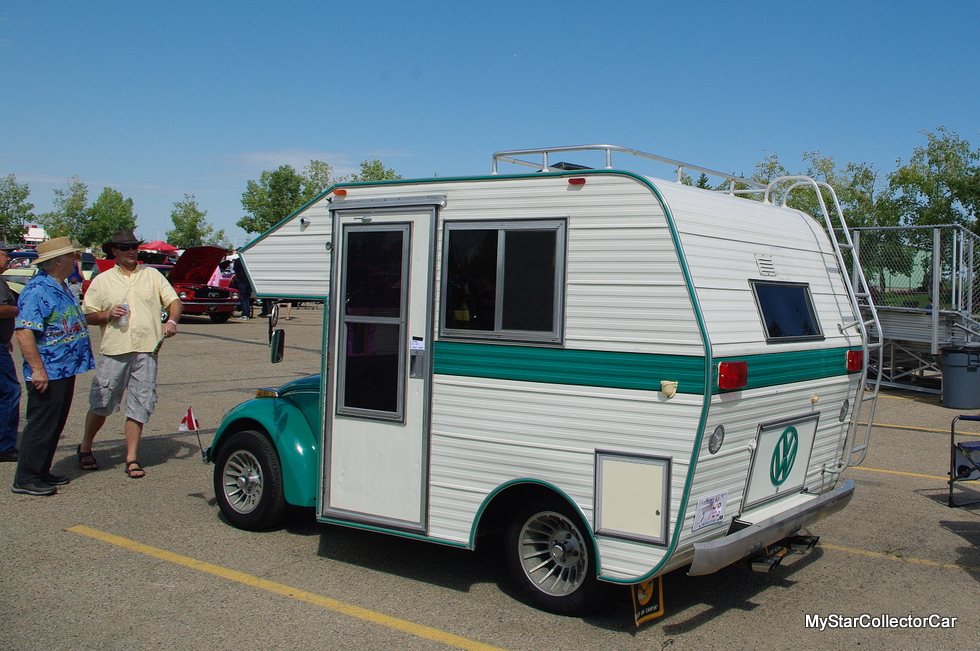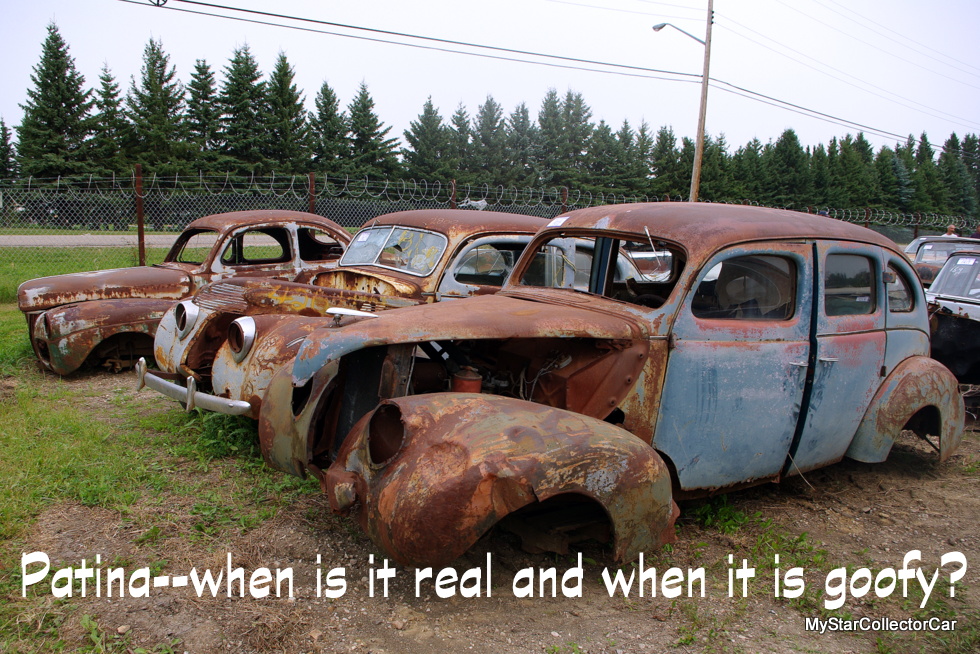The muscle car wars peaked in 1970—just before the smog laws took the testosterone out of the game.
These laws were fully phased-in a few years later, but Detroit fought the good fight and continued with big-block muscle cars.
They didn’t have the same punch as their pre-smog era cousins, but here are five examples of Detroit muscle from 1973-76.
Jerry Sutherland
The first example is the 1973 GTO.
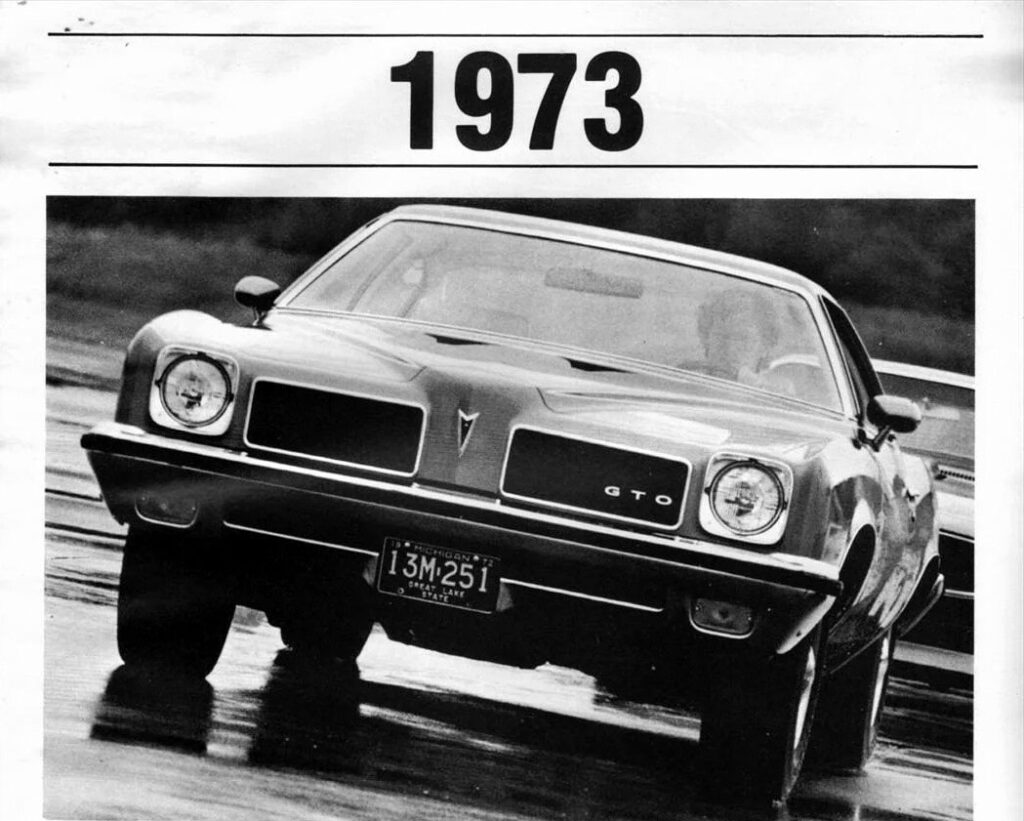
This car was a big departure from the traditional look of the ’72 GTO because it sat on a re-skinned A-body with a Colonnade roof. They still had a big-block L75 455 option, but very few buyers (544) went that direction in 1973. Pontiac did its best, but these choked-off big blocks put out a modest 250-horsepower. That was a bridge too far—even for big cubic inches.
The second example is the 1973 Dodge Charger Rallye.
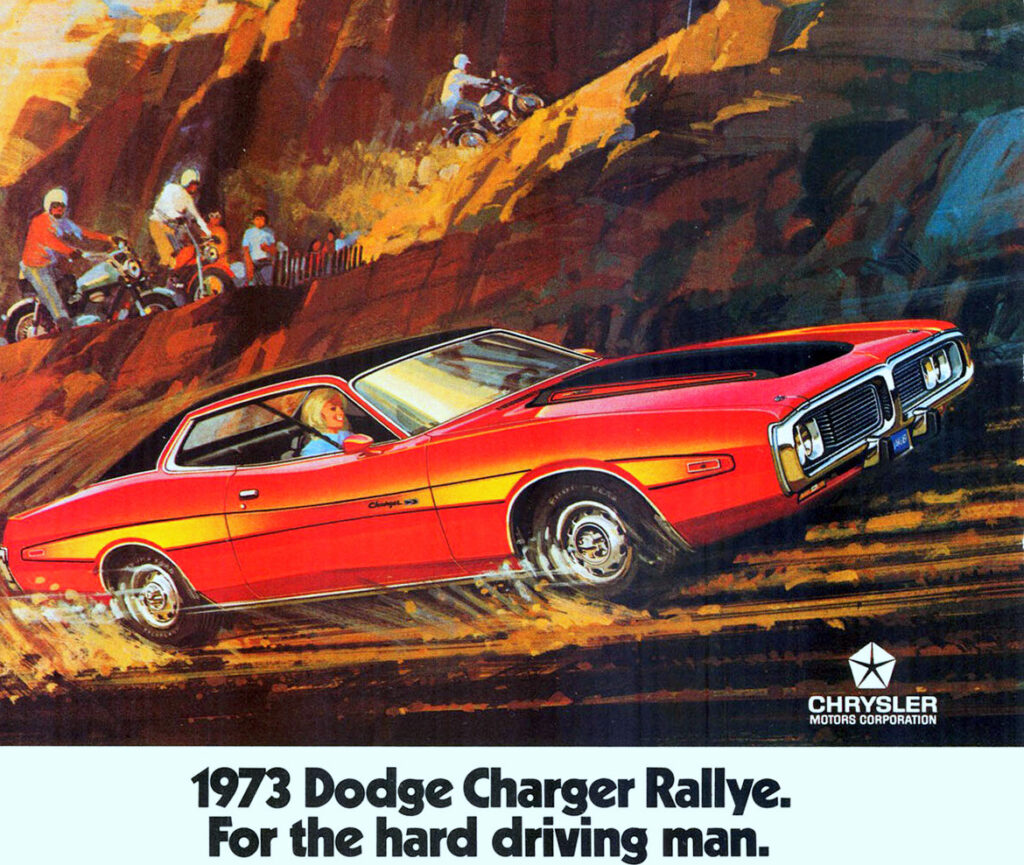
This car had a 440 Magnum option that was faster than the ’72 Charger, thanks to a bigger carb, bigger exhaust and an electronic ignition. The ’73 440 Magnum pumped out 275 horsepower, so it ran a surprisingly decent ¼ mile (14.82) in testing—but the gas mileage was no match for the OPEC-era oil prices.
The third example of smog-era muscle is the 1974 Plymouth Road Runner GTX.
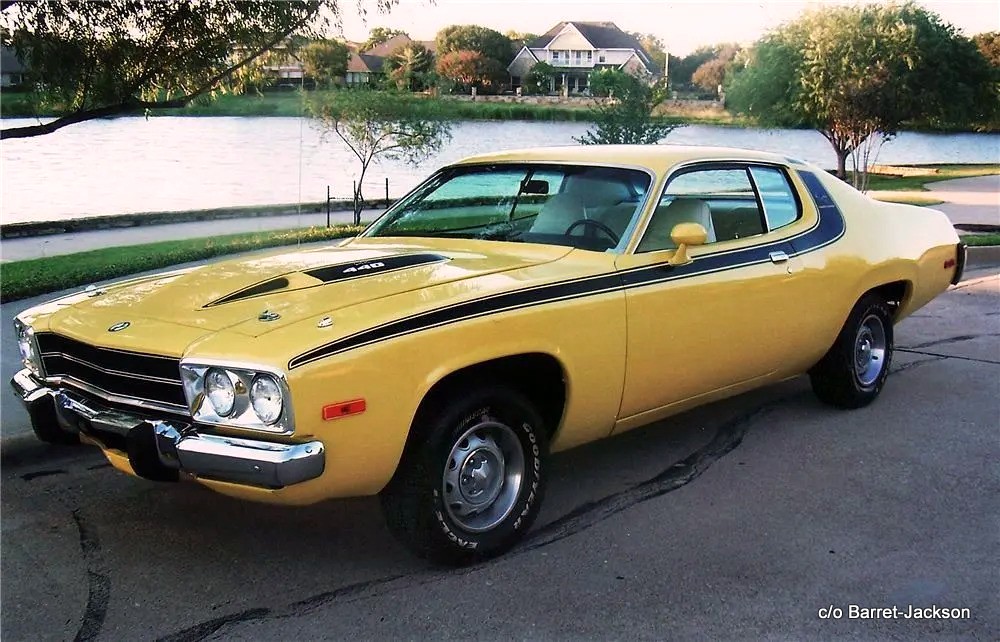
Plymouth had downgraded the GTX name to a special version of the Road Runner badge, so they only sold 386 of them. This 440 big-block also had a 275-horse rating, but by 1974 OPEC still had a stranglehold on a gas prices. A smothered version of a B-body Mopar muscle car didn’t make much sense. The sales numbers reflected that—but the ’74 GTX is still a very interesting piece of Mopar history.

The fourth example is the 1975 Olds 442.
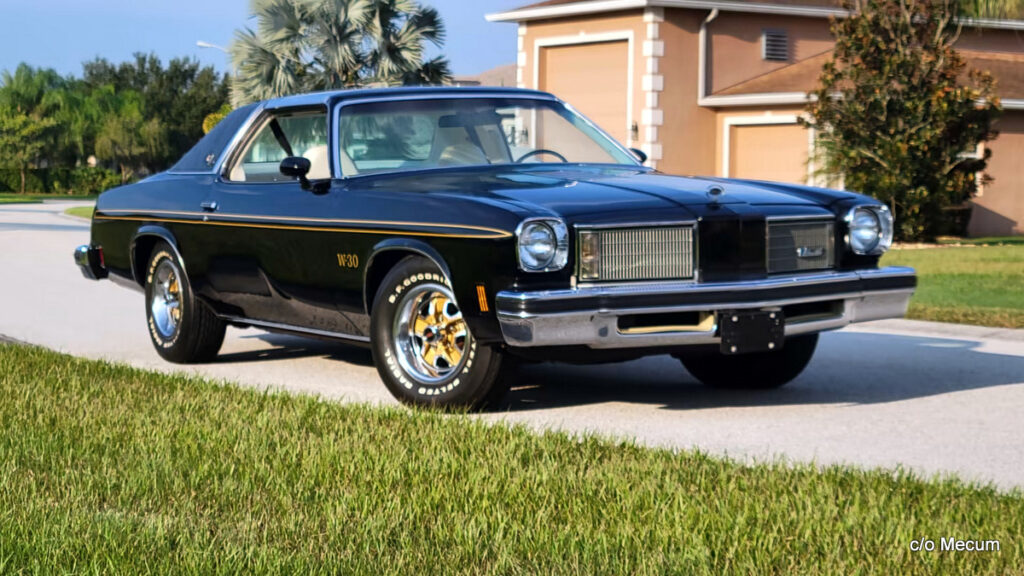
The 442 was another case where a big-block V-8 was used to offset the heavy-handed smog cops. This car still had the massive W-30 455 cubic inch option, but it pumped out a measly 190 horsepower. In other words, your rear tires were in no danger, but these ’75 Olds with the 442-option looked good—especially with the Hurst upgrade and T-tops.
The fifth example is the 1976 Ford Gran Torino.

Most car guys see this as the ‘Starsky and Hutch’ car from the TV series because that show was so popular Ford offered a ‘Starsky and Hutch’ edition Gran Torino in 1976. This Ford offered the biggest engine (a 460 cubic inch big block) available at the time. It pumped out a mighty 226 horsepower, but in 1976 that was a high-end number.
These cars had some traditional muscle car names and some traditional muscle car engines under the hood, but they told a story about gas prices and government overreach.

The days of massive power were put on hold until technology began to get ahead of smog rules in the 1980s. After that, the sky became the limit so now we’re in the era of muscle cars with 700+ horsepower that get 30 miles per gallon on the highway and burn cleaner than moonshine.
Despite those major advances in technology after the 1970s, there will always be a unique cool factor in smog-era muscle cars.
Jerry Sutherland
By: Jerry Sutherland
Jerry Sutherland is a veteran automotive writer with a primary focus on the collector car hobby. His work has been published in many outlets and publications, including the National Post, Calgary Herald, Edmonton Journal, Ottawa Citizen, Montreal Gazette, Saskatoon StarPhoenix, Regina Leader-Post, Vancouver Sun and The Truth About Cars. He is also a regular contributor to Auto Roundup Publications.
- CLICK HERE TO SIGN UP FOR THE NEWSLETTER
- CLICK HERE to Like us on Facebook
- CLICK HERE to Follow us on Twitter
- CLICK HERE to Follow us on Pinterest
Please re-post this if you like this article.







